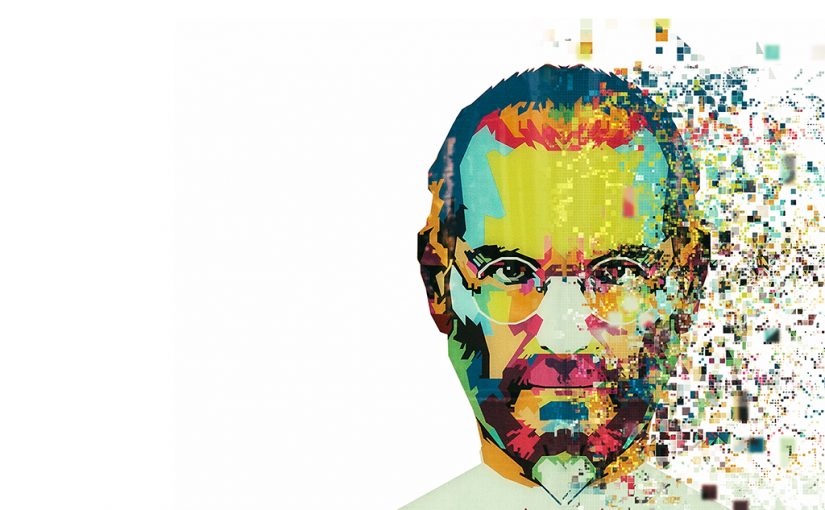In the early 1970s, an enterprising teen named Steve Jobs approached Hewlett-Packard co-founder and president William Hewlett and asked him for computer parts for a school project. It was a risky move, but it worked. Impressed by his initiative, Hewlett gave Jobs the parts — and a summer internship at Hewlett-Packard. For Jobs, this would mark the beginning of his famously passionate approach to innovation.
The Early Years
At Hewlett-Packard, Jobs met a young engineer named Steve Wozniak, who was trying to build a small computer. At the time, computers occupied entire rooms. Jobs convinced Wozniak to turn his hobby into something bigger. In 1975, they set up shop in the Jobs families garage and sold their most valuable possessions to fund their new venture, which they named Apple.
Just two years later, Jobs and Wozniak released their Apple II, which garnered $2.7 million in sales. Not only had they successfully launched a multimillion company out of a garage and only a couple thousand dollars to their name, but they had launched the era of personal computing.
Ahead of Its Time
As other competitors — especially IBM — entered the market, Apple’s followup products underperformed. Apple had primarily been marketing to businesses, but Jobs wanted to make Apple products available to home users. He debuted the Apple Macintosh in 1984. This was the first personal computer to feature a graphical user interface that one could manipulate with a handheld device (a mouse). Unfortunately, at a retail price of nearly $2500, it was out of reach for many Americans. Sales declined, and shortly there- after, CEO John Sculley removed Jobs from the board of directors. Jobs resigned in 1985 and sold his stock in the company.
New Ventures
Undeterred, Jobs founded NeXT Computer Co., which he intended to market to higher ed and research institutions. Debuted in 1988, the NeXT computer featured fast processing speeds, enhanced graphics, and an optical disk drive. The price tag of $9,950 was too high, though, so NeXT failed to take off. Jobs began to focus his attention on his side project, Pixar Animation Studios, which he purchased from esteemed director George Lucas in 1986.
Pixar’s debut film was an entirely computer-animated film, Toy Story. Released by the Walt Disney Company, Toy Story not only was a box office smash, but also established a new benchmark in animation. The world knew that CGI animation was a viable way to produce animated films. Once again, Jobs had launched a new era of technology.
The Return to Apple
After Pixar went public and catapulted Jobs into stardom, the now-struggling Apple bought NeXT and reappointed Jobs to the board of directors. At the time, Apple held just five percent of the personal computer market, still unable to create a computer that could provide what the public needed at an affordable price. CEO Gilbert F. Amelio ended up stepping down, and Jobs assumed the role of interim CEO. By cooperating with Microsoft, Jobs was able to speed up Apple computers. Suddenly the Mac was not only affordable but also everything that consumers needed. Within a year, Apple had become a multi-billion-dollar company, and in an act of poetic justice, original founder Jobs was back at the helm.

